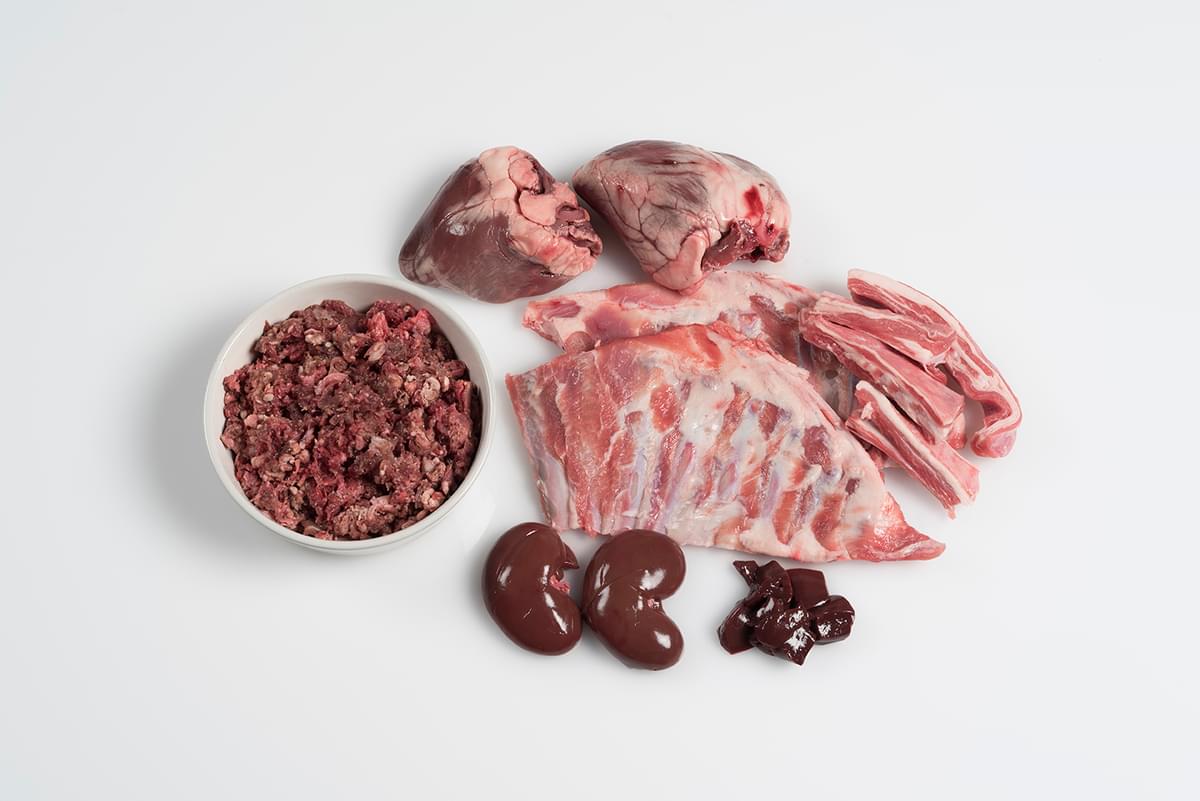Make no mistake, an atopic reaction to what can be just one flea bite can be very serious and hard to fix if ‘flea allergy dermatitis’ takes hold.
One of the issues I have with monthly spot-on treatments is they don’t actually stop a flea from biting! Granted one flea will only bite once, but what if multiple fleas bite at once? Also, it’s important to remember that Spot-on’s are insecticides like Fipronil and Imidacloprid, which are used in over 138 products in the UK, both known carcinogens to humans.
Scientists from the Imperial College in London revealed that one spot on of Imidacloprid for a Labrador can kill 25 million bees. They also announced shocking figures on how regular flea treatments and wormers are invading our British rivers and dramatically killing our aquatic ecosystems and wildlife.
The evidence from reviewing over 160 scientific papers, Imperial College concurred it’s time to cut back on monthly treatments! They are inadvertently entering our waterways, from hand washing, washing clothes, pet’s bedding, bathing and swimming after a spot-on application.
Discovering levels of both Fipronil 99% and Imidacloprid 66%, both were banned from the farming sector in 2018, so the consistent rise in these chemicals seeping into nature can only be from our pets.
In a recent statement The Environmental Protection Agency (EPA 2022) is urging for tighter controls of the usage of insecticides in pets. Reporting side effects, the dosage - relative to size and weight, the labelling and the frequency of such treatments. Plus, suggesting reducing the products’ accessibility as ‘over the counter’.
In fact, in Scandinavia, Vets have to diagnose fleas or worms before supplying a prescription insecticide. Perhaps the UK should adopt this model, yet the market in the UK is worth a staggering £178 million.









